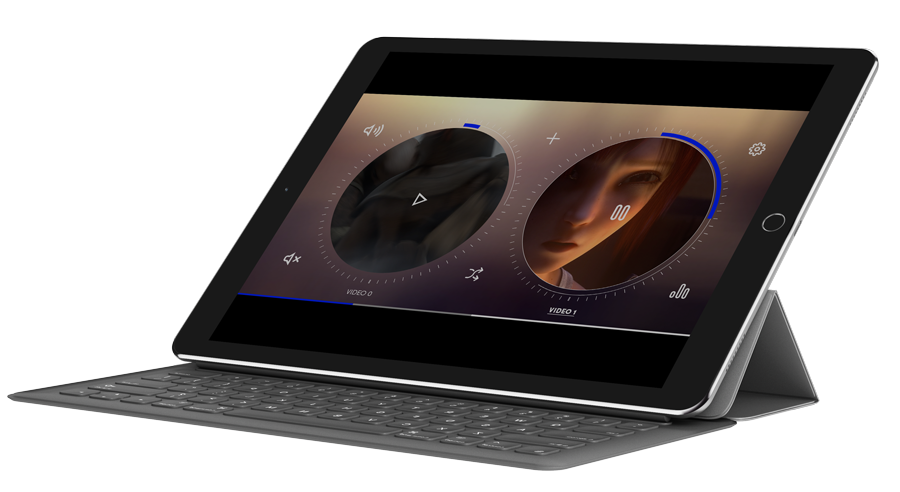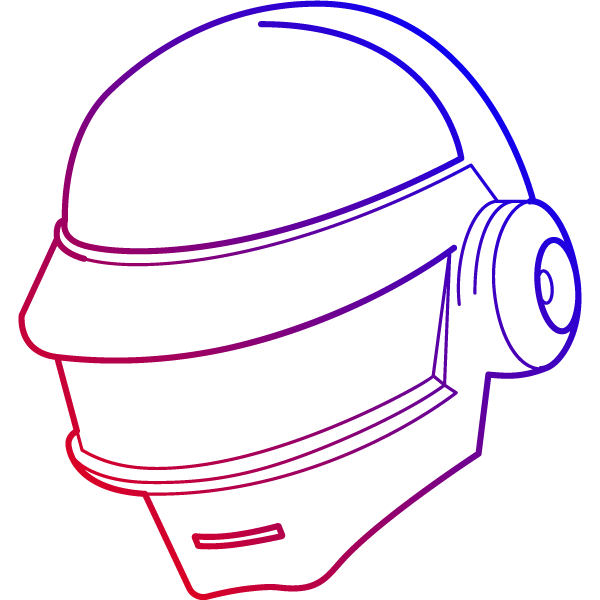Data Streaming
Content-agnostic, modular and customizable method of preparation, delivery and playback of multiple types of data on a single interface using several, interchangeable transport technologies working simultaneously, enabled via a sequence of fully modifiable components, integratable during any phase of content delivery.










